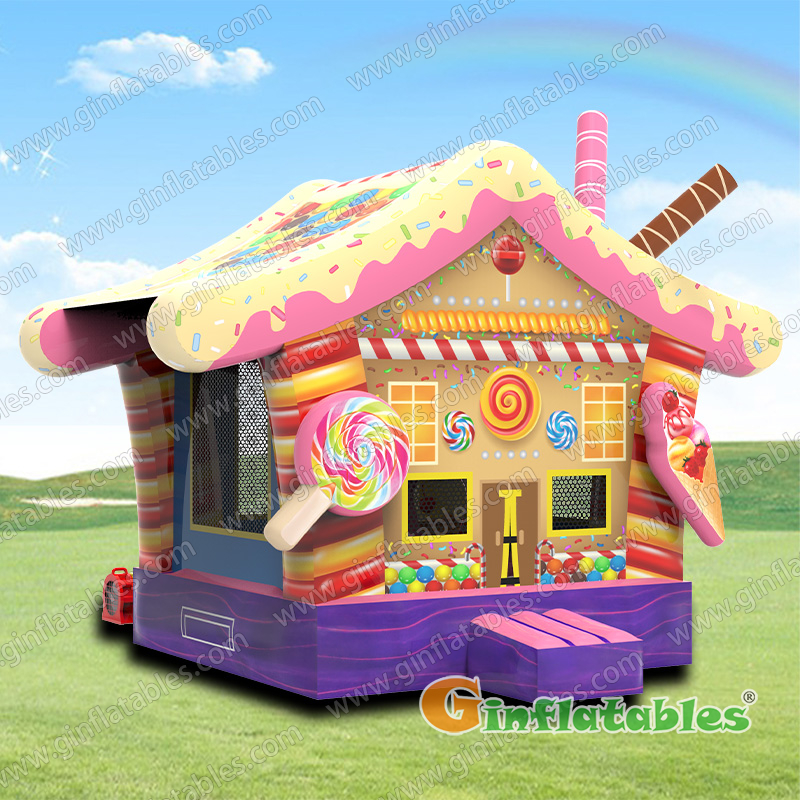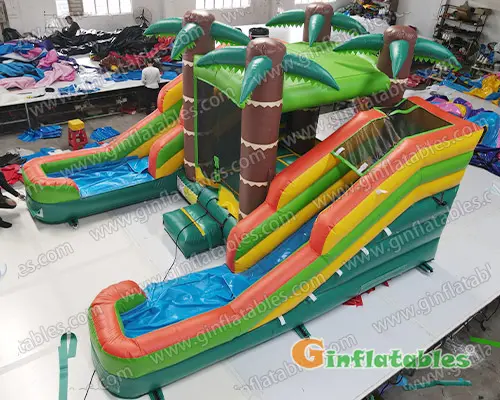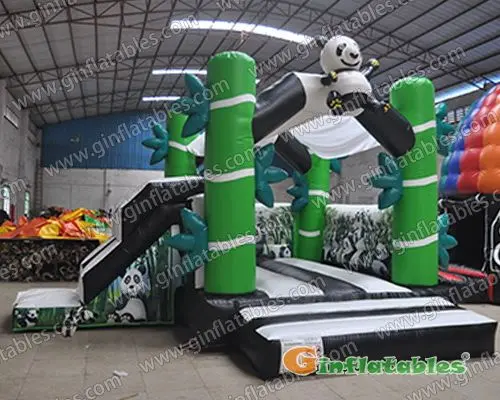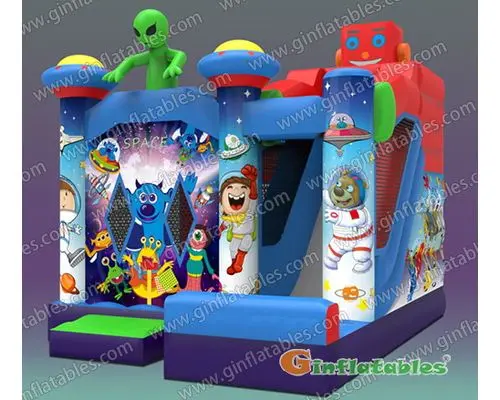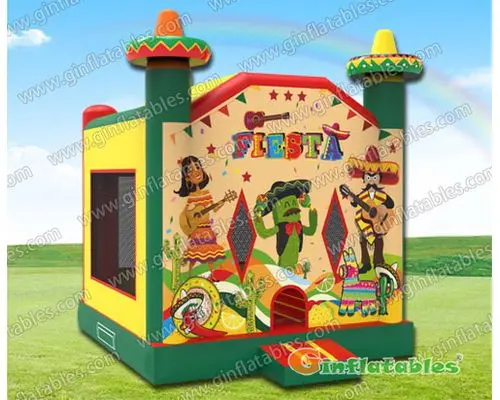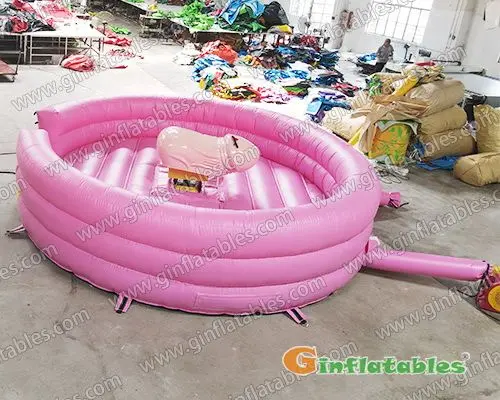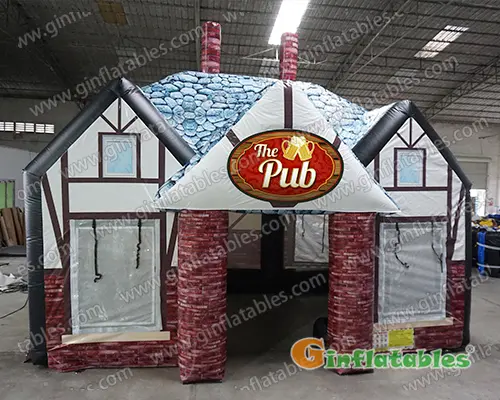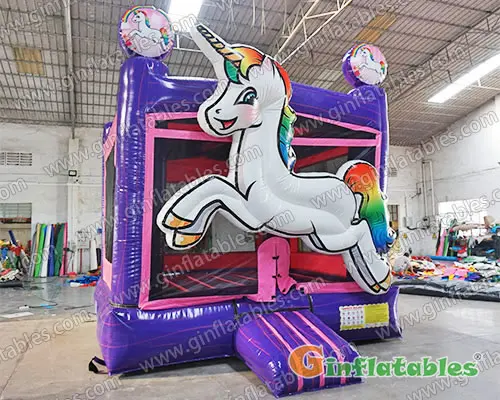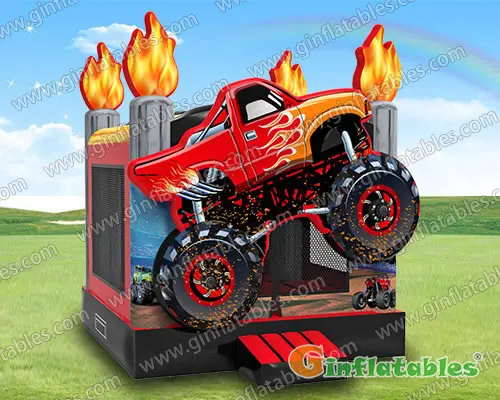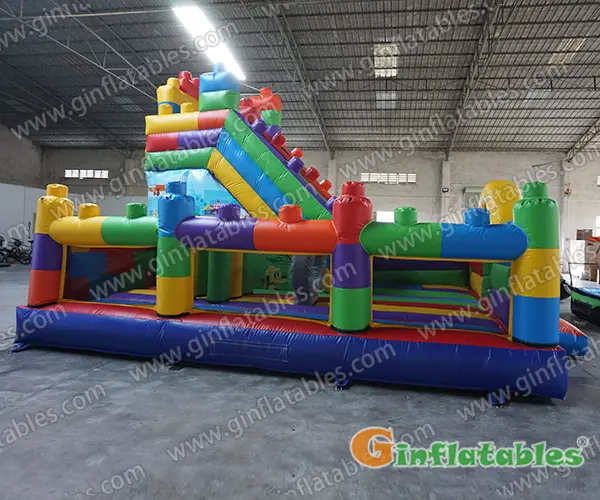What to Consider when Purchasing a Commercial Bounce House
Purchasing a commercial bounce house can be beneficial financially and great for any party events. If it is the first time for you to buy a commercial bounce house, there might be questions on the purchase such as types, material differences and sizes. In order to provide the best products for your customers, you need to know what it takes to make a safe, creative bounce house that everyone will love. Here are some questions to consider when purchasing your commercial bounce house.
Is It for Commercial Use or Residential?
Inflatable bounce houses are divided into two types.There are residential bouncers that are sold to parents who use them to play with their children in their backyards. Commercial jumpers are sold to companies that rent them for outdoor parties and special events.
Their main differences are the materials, size, and bounce house capacity. As for commercial bounce houses, they can last longer with frequent use and are more appropriate for rental companies than residential bounce houses. It’s best to purchase your bounce houses from a reliable bounce house manufacturer to ensure that their bounce houses are only used with the best material and guarantees the safety of your guests.
What Are the Commercial and Residential Bounce House Made of?
Residential bounce houses are usually made of heavy-duty nylon or polyester oxford, which is also known as oxford cloth. Nylon is often used for large residential bounce houses because it is stronger than polyester. Both nylon and polyester oxford are good materials for residential bounce houses, but they need to be reinforced.
Compared with residential jumpers, commercial bounce houses are much heavier, even if they are the same size. Commercial bounce houses are usually constructed with heavy-duty PVC vinyl to make them stronger and resistant to tearing. This also makes them heavier, more difficult to set up, and impractical for residential use. Manufacturers use PVC of varying weights to make commercial bounce houses as light as possible.
How to Keep Safe to Use a Bounce House?
When looking for inflatables to add to your company’s offerings, you need to choose ones that are developmentally appropriate for children. In general, bounce houses are safe for kids from the ages of 6 to 13. For children who is less than 6 years old, they are easy to get hurt. Kids who are unable to stand or walk independently should never use bounce houses because they can get knocked down from jumping or other children’s bouncing could cause them to fall down.
A bounce house can support a limited amount of weight, which depends on its size and design. If there is too much weight, the bounce house can become damaged or start to deflate, which can lead to injuries. It is important to consider the total weight of the children and to limit the number of users inside the bouncing houses. Children of approximately the same age and weight should use the bounce house at the same time. If younger and older children play inside the bounce house together, the weight will not be evenly distributed. This can increase the potential risk of getting hurt.

